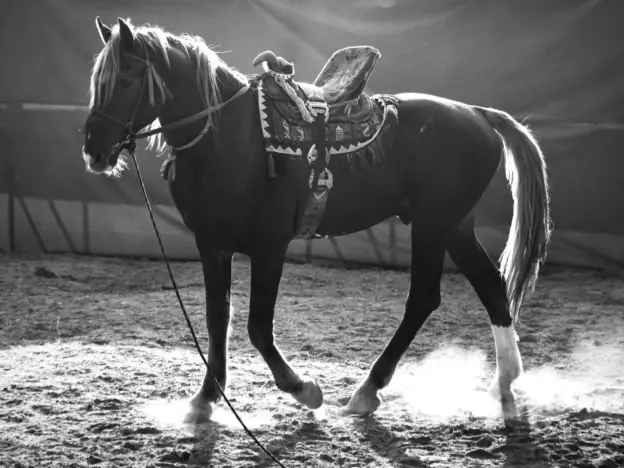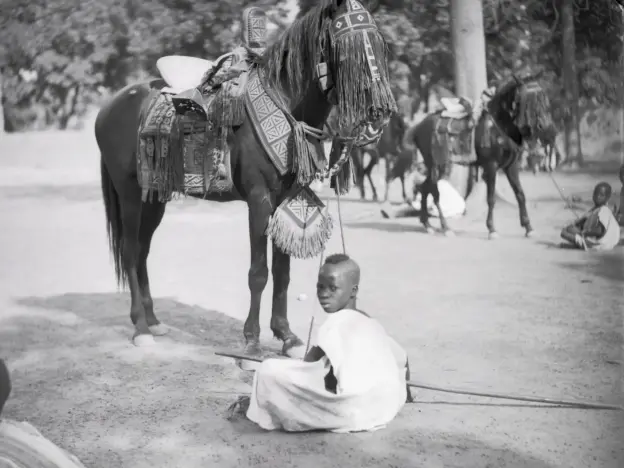Intro
A small riding horse from Afghanistan, the Yargha is an important horse in the country. This is perhaps the archetype of the Afghan horse and is an ancient variety with Mongolian and Arabian blood.
Read more



A light riding horse from Afghanistan, the Tooraq horse is not a breed, but a type of horse found in the country.
Read more

A light riding horse from Afghanistan, the Qazal is not an actual breed but more a type of horse found in the country. The word for Afghan horses with a light coat is qazal, so this type is known for their coloring.
Read more

A light riding horse from Afghanistan, the Mazari is named for the people who raise them.
Read more

A hardy mountain horse from Afghanistan, the Kohband is more of a type than a breed. They are bred in a mountainous area in the northwestern part of the province of Kapisa.
Read more

A light riding horse from Afghanistan, the Herati is more of a type than a breed and are known for being mounts of the Afghan resistance during the border crisis in the late 19th century.
Read more

A sport horse from Afghanistan, the Dawand is more of a type than a breed and are known particularly for their great speed. This is the fastest of the Afghan horse types and is generally reserved for the most experienced riders.
Read more

A sport horse from Afghanistan, the Buzkashi is more of a type than a breed, a type specifically bred for the game of buzkashi from which it gets its name.
Read more

Also called Yagha and Burkinabe, this breed horse is named for the Mossi kingdom in what is now Burkina Faso. The Mossi people have been associated with masterful horsemanship for centuries. Their horses are a type among the West African Dongola horse, found in many countries on that part of the continent.
Read more